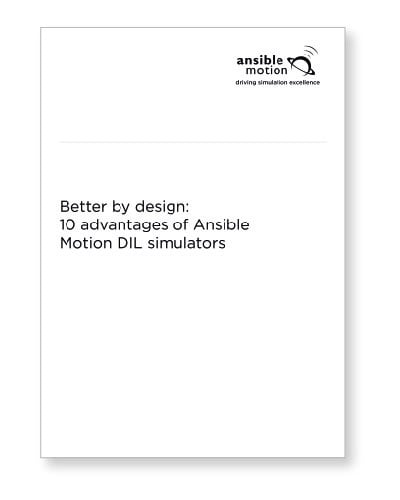A £2million, UK-developed driving simulator is breaking new ground for the motor industry. We get behind the wheel.
 A driving simulator might conjure up images of the latest video game or a nausea-inducing ride at a fairground, but that’s child’s play compared to what’s happening in the automotive industry.
A driving simulator might conjure up images of the latest video game or a nausea-inducing ride at a fairground, but that’s child’s play compared to what’s happening in the automotive industry.
Immersing yourself in the graphical perfection of an Xbox game or being thrown around inside a simulator is great for entertainment purposes, but it won’t improve the cars we drive. The quest for car makers, therefore, is to create computer systems that give test drivers and engineers the most accurate representation of being behind the wheel, using just algorithms and equations. Millions of pounds are being pumped into this research and development field to reach the goal, but there’s a problem.
Simulators were once the realm of the aviation industry, and it’s only over the past 40 years that driving has muscled in on the territory. That’s meant manufacturers have often been left with the task of adapting an aircraft simulator to perform like a car, and generate the right movement to create the feeling of driving on a road, rather than flying through the sky.



